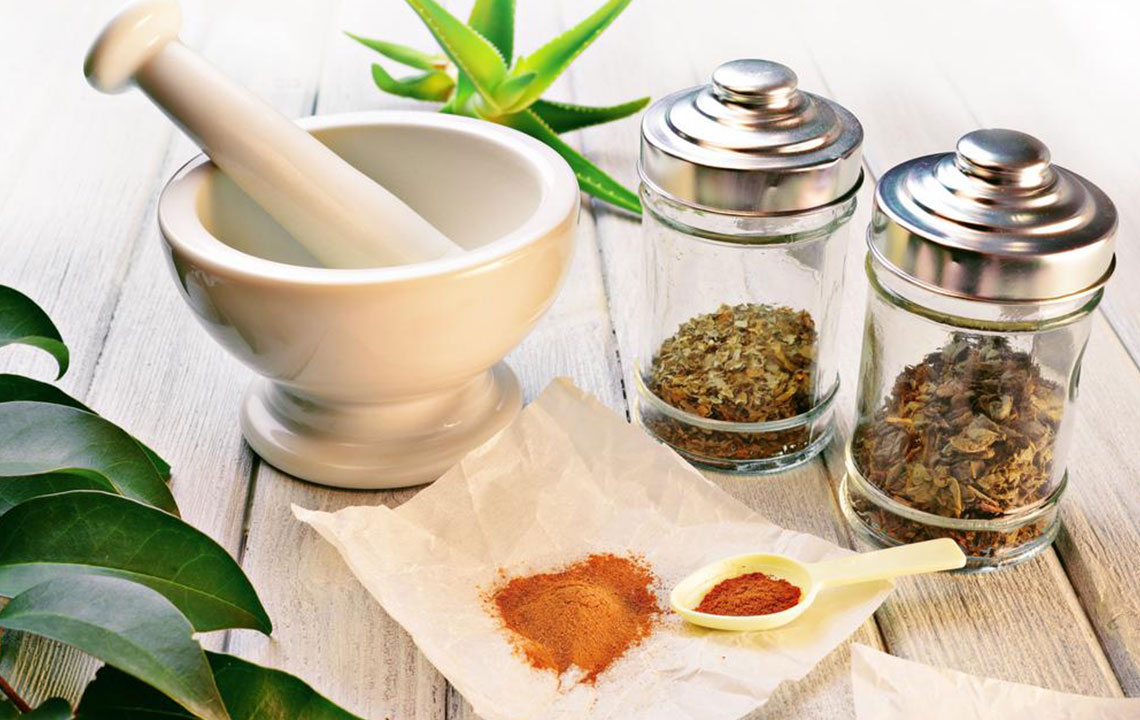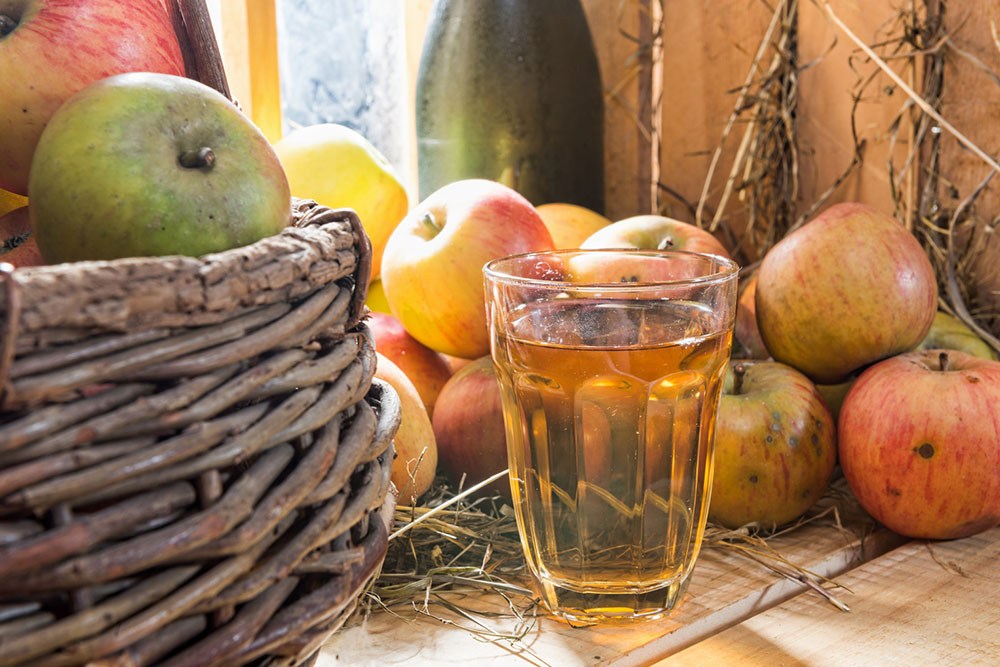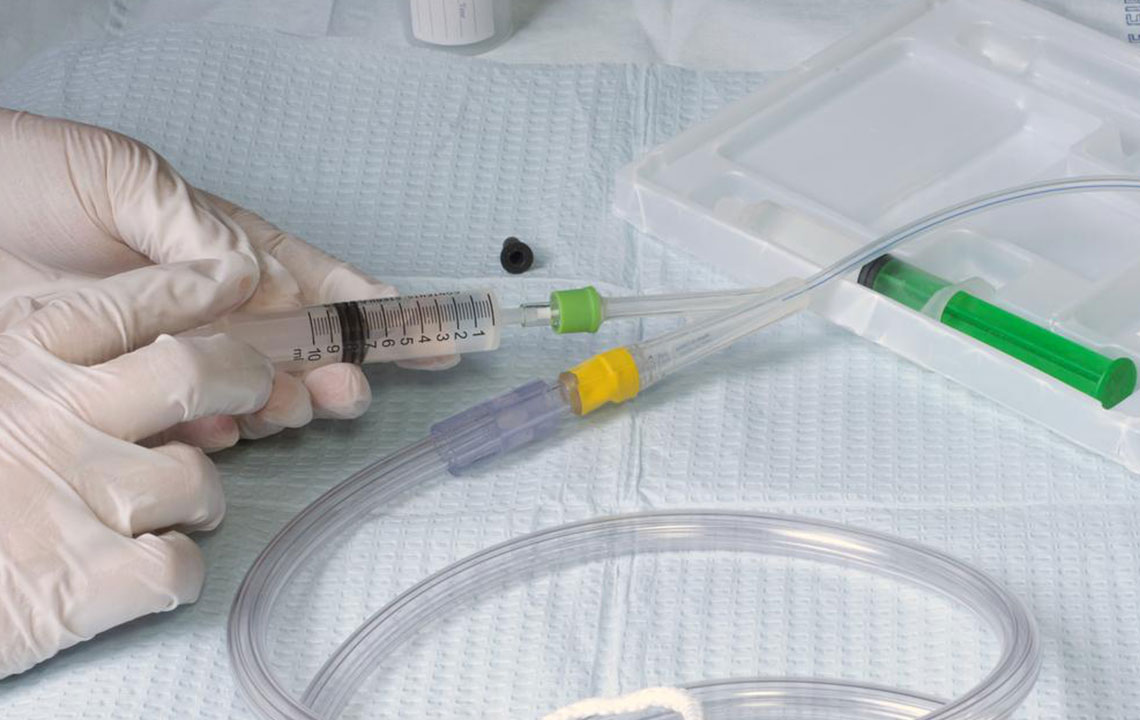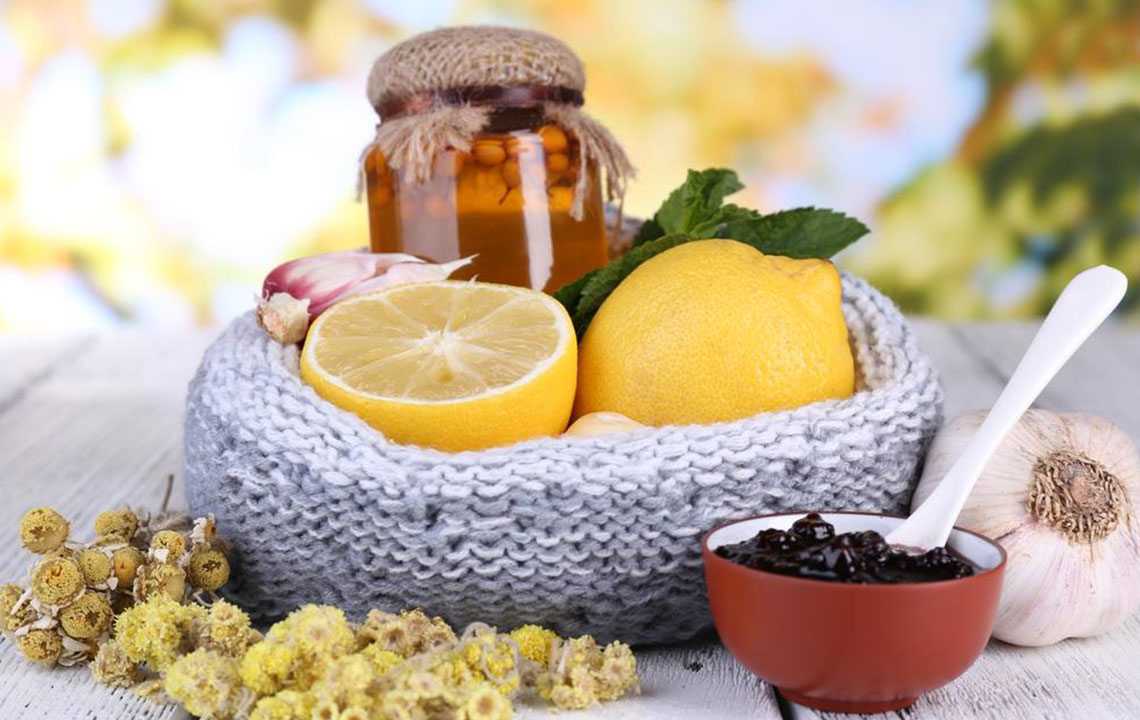Natural Approaches to Managing Urinary Incontinence
This article explores natural methods to manage urinary incontinence, including exercises, dietary adjustments, and holistic therapies. Understanding symptoms and applying these remedies can significantly improve bladder control and quality of life for those affected.

Natural Strategies for Managing Urinary Incontinence
Urinary incontinence is a condition where adults temporarily or permanently lose bladder control, leading to involuntary urination. Surveys indicate that approximately one-third of men and women experience this issue at some point, making it more common than many realize.
Effective management begins with understanding the symptoms. Recognizable signs include total, functional, overflow, urge, and stress incontinence, each stemming from different causes such as nerve damage, mobility challenges, prostate issues, or muscle overactivity.
While medical intervention is often recommended, several natural remedies can help alleviate symptoms:
Kegel exercises strengthen pelvic floor muscles, improving bladder control over two to three months with consistent practice.
Maintaining a healthy weight reduces pressure on the bladder, decreasing incontinence severity.
Consuming minerals like magnesium can support muscle function and reduce leaks.
Mind-training techniques, including delaying urination and regular Kegel routines, enhance control.
Increasing intake of vitamin D through diet may improve bladder health.
Traditional therapies like acupuncture may balance body systems contributing to incontinence.
Limiting caffeine intake decreases bladder stimulation, reducing urgency and leaks.
Note:
Our articles provide helpful insights based on research but should not replace professional medical advice. Always consult a healthcare provider for diagnosis and treatment options tailored to your condition. The site may not cover all available treatments or schemes.










